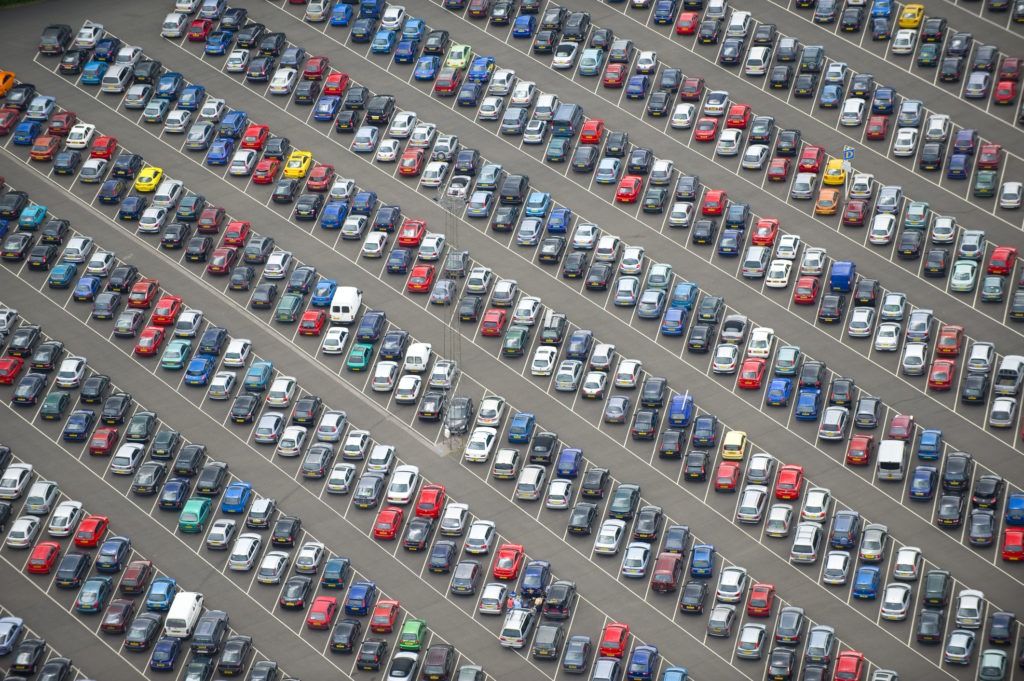Industry gears up for WLTP introduction
24 August 2017

Industry gears up for WLTP introduction
24 August 2017
In just a week’s time, the EU’s new more rigorous emissions test, the Worldwide Harmonised Light Vehicle Test Procedure (WLTP) will finally be rolled out, two years after news of the Volkswagen emissions scandal first broke. It will apply to all new car type model approvals from September 2017 onwards, replacing the previous NEDC procedure, and incorporate real world driving conditions into the test for the first time, as well testing with optional equipment fitted, to give a truer impression of vehicle emissions on the road.
It is hoped the new WLTP test, alongside software updates and scrappage incentive schemes announced following the Berlin diesel summit earlier this month, will help restore political and public confidence in the EU emissions testing procedure following Dieselgate, and avert costly diesel driving bans.
The new WLTP emission test has enormously far-reaching implications, affecting pricing, residual values, sales volumes and revenues. Premium brands who previously NEDC-tested their vehicles without popular optional equipment installed are likely to see the greatest increase in their fuel economy and emissions figures, due to the additional weight these add to the car.
Japanese and Korean OEMs such as Toyota and Hyundai are expected to benefit the most from the new testing procedure, due to their typical strategy of including higher levels of specification in their cars as standard to compete with their European rivals, at a similar price point.
Some more confident OEMs have already started publishing WLTP CO2 and mpg (miles per gallon) figures for their new models alongside the NEDC figures. However, with all new models launching from September forced to publish WLTP figures, and with some manufacturers having developed more sophisticated methods to optimise their vehicles for the outgoing NEDC test, it is expected that a considerable number of headline-grabbing shocks are on the cards. Figures from some models could suddenly be significantly higher than competitor models they previously outperformed, and this could also result in changes to marketing strategies.
Due to the increased testing burden of the WLTP test, as well, there has already been reports of a shortage of testing facilities
The introduction of the WLTP test is expected to cause considerable confusion among consumers over the period of the transition, with cars introduced before September advertising NEDC figures and those after this month using WLTP, with some advertising both. Customers could conceivably opt for the older model with NEDC figures, wrongly thinking the car is more environmentally friendly than a newer model with WLTP figures. Dealers will need to play a role in ensuring consumers are aware higher WLTP figures do not mean greater emissions and fuel economy in most cases. The EU predicts the new WLTP test will mean stated emissions figures on average will go up by almost 20%. As such, it will now be considerably harder for vehicles to meet the Euro 6 emissions standard, even though those fuelled by petrol have been given a slight reprieve.
WLTP will also greatly influence vehicle taxation, with many governments charging higher taxes for vehicles with higher emissions – with them under pressure to adjust tax bands so that vehicles under the WLTP test (which theoretically could have actual emissions lower than a model with lower-stated NEDC figures) is not taxed more. Many governments have no plans in place to adjust taxation as the WLTP test begins this September.
In the UK, the BVRLA (British Vehicle Rental and Leasing Association) has called for clarity on how vehicles will be taxed in the future. They are currently based on CO2 emissions derived from the NEDC-test combined mpg figure. The UK Government has said it will keep using the NEDC-test CO2 figures for tax purposes in the short term, meaning ′business as usual’ for the auto industry. However, as the chairman of the UK’s ACFO (Association of Car Fleet Operators) John Pryor warns: ′There is little fleet decision-makers can do in the way of preparation and planning until they receive notice from HMRC as to when the Government department will adopt WLTP for tax purposes.‘
The need for this has intensified in the UK, which alongside France has announced – presumably as an ultimate political response to the Dieselgate scandal – that it will ban the sale of petrol and diesel cars from 2040 – with the industry calling for a detailed plan on how this will be achieved. Further details are expected in the UK’s autumn Budget. Implementation of the WLTP into taxation will be a fundamental foundation to these proposals.